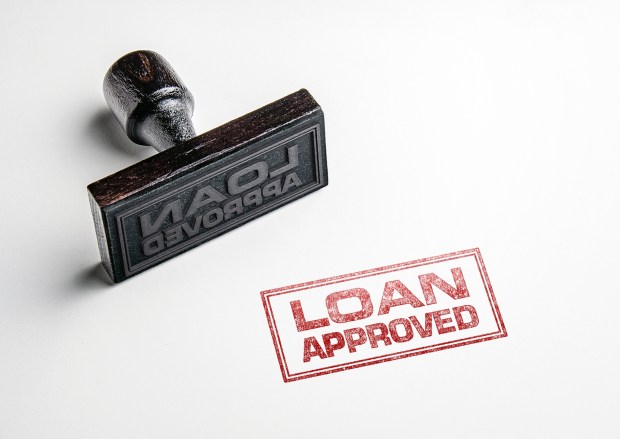Nonbank Loans Rise As Banks Find New Ways To Access Subprime Borrowers

Exeter Finance, the direct lender that lends money to people with a subprime credit score — as well as other nonbank financial companies — have seen their bank loans jump over the past seven years as big banks find it a safer way to access the subprime market.
The Wall Street Journal, citing an analysis of regulatory filings, reported bank loans to Exeter and other nonbanks hit a high $345 billion between 201o and 2017. Providing these nonbanks with loans has become one of the largest categories of bank loans made to companies. The banks say it’s safer because they don’t have to deal directly with consumers that have less than stellar credit and companies that have iffy balance sheets. But by making bank loans to the nonbank firms that turn around and lend to subprime borrowers, they are still deeply involved with the type of risky loans they vowed to avoid after the Great Recession, noted the report. This time, however, the banks said they have figured out ways to avoid the problems that led to bank failures during the financial crisis — even though the money still goes to people with bad credit. The paper noted the typical borrower at Exeter has a FICO score of 570 with the range between 300 and 850. It had charge-offs of 9 percent of its loans as of September of 2017, which compares to 1 percent of Wells Fargo auto loans that were charged off, reported The Wall Street Journal. Still, Jason Grubb, Chief Executive of Exeter, said the company has had “consistently strong credit performance.” He said how the loans are structured means “the banks are well protected.”
Nonbanks make money by giving borrowers the loans at a higher interest rate than if they went to a traditional bank. For instance, a nonbank could charge 15 percent interest on a subprime auto loan, where at a bank it may be 3 percent. Exeter has accessed a $1.4 billion line of credit to make loans since 2006. That line of credit was provided by Barclays, Deutsche Bank, Wells Fargo and Citigroup. The loans are then bundled into securities and sold to investors, with the proceeds going to pay the loans back to the banks plus fees, noted the report.
